Can spinal decompression treat individuals with chronic low back pain to reduce joint arthritis and strengthen the surrounding muscles to restore lumbar mobility? Introduction When…

Dr. Alex Jmenez, Chiropractor and Health Expert Discusses: Spinal Decompression Therapies, Protocols, Rehabilitation, and Advance Treatments Care Plans
At our offices, we offer conservative care for degenerative spinal conditions, including several treatment modalities. Thus, the traction distinguishes as it can elicit the body’s protective proprioceptive response to distraction, reducing intradiscal pressure and minimizing symptoms secondary to disc herniation and axial pain.
Our integrative treatments aim to determine the clinical effects of a short treatment course of motorized axial spinal decompression for patients with pain and physical impairment caused by either lumbar or cervical degenerative disc pathology with no immediate surgical indication.
Conservative care for mid to long-term degenerative spinal conditions with axial and irradiated pain generally includes pharmacological treatment, physical rehabilitation, or injections. Mechanical traction is an old treatment modality, which has been decreased in use facing other modern technologies or utilized in combination with other treatment modalities, such as manual therapy, exercises, heat, or electrotherapy. We, too, offer advanced spinal treatment workshops and boot camps to help educate patients on the dynamics of spinal hygiene.
Our patients get treated for chronic radicular axial spinal pain. This is a referred pain in the spinal axial skeleton and is considered a syndrome with both nociceptive and neuropathic pain components. Patients report improvement in symptoms with a reduction of the axial load in the spine.
Previous studies have shown a decrease of pressure in the intervertebral disc after traction, unloading of the spinal structure, and alleviating the inflammatory reaction of the nerve roots. Here, we present our patients’ literature and scientific background information to make educated decisions about the advanced spinal decompression protocols.
If you’re looking for a non-surgical solution for your persistent back or leg pain, you may want to try spinal decompression therapy. Unlike invasive or laparoscopic surgeries, spinal decompression does not require the patient to go under the knife. Instead, the patient’s spine is stretched to relieve back and leg pain. The goal of spinal decompression is to create an ideal healing environment for the affected areas.
This treatment is typically used for:
Bulging discs
Degenerating discs
Herniated discs
Call us today to schedule your first appointment! Our team in El Paso is happy to help.

Can spinal decompression treat individuals with chronic low back pain to reduce joint arthritis and strengthen the surrounding muscles to restore lumbar mobility? Introduction When…

For many individuals with low back pain, how does spinal decompression alleviate muscle stress as part of initial treatment? Introduction Many working individuals know that…
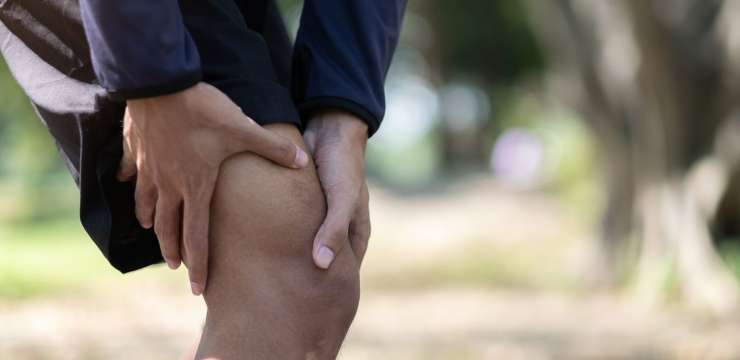
How does spinal decompression help reduce somatosensory pain associated with individuals dealing with back and leg pain? Introduction As we all know, the human body…

Can decompression relieve intervertebral disc stress from individuals dealing with lumbar issues, restoring spinal mobility? Introduction The spine’s intervertebral disc acts like a shock absorber…
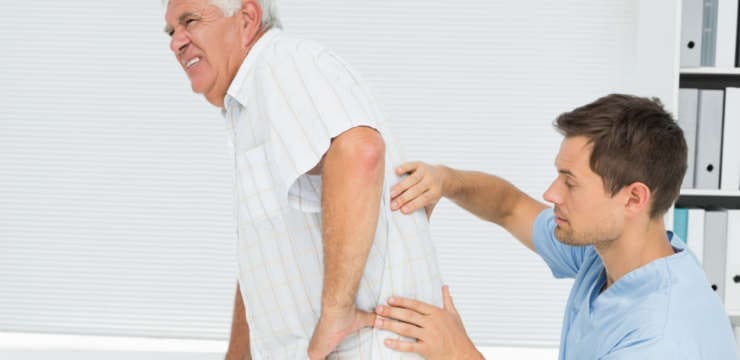
How efficient is spinal decompression to alleviate pain-like symptoms in many individuals with low back pain? Introduction Low back pain is a common condition that…
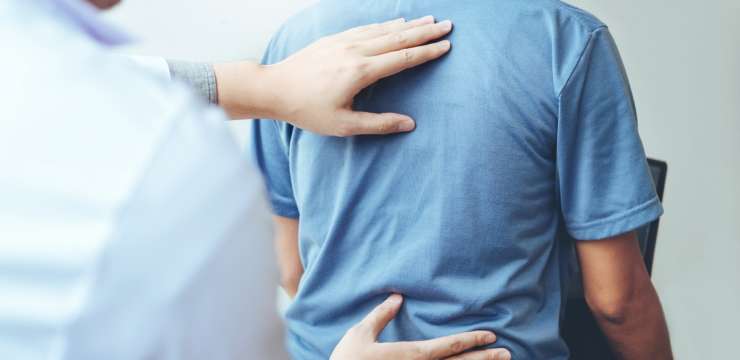
How does decompression alleviate sciatic nerve pain in many working individuals with lumbar disc degeneration? Introduction The discs between the spinal vertebrae act as a…
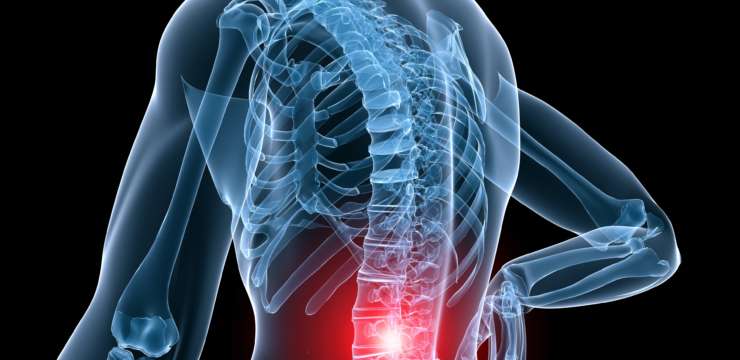
In individuals with lumbosacral pain, how do cost-effective treatments compare to traditional care treatments affect muscle strain? Introduction The human spine is divided into three…
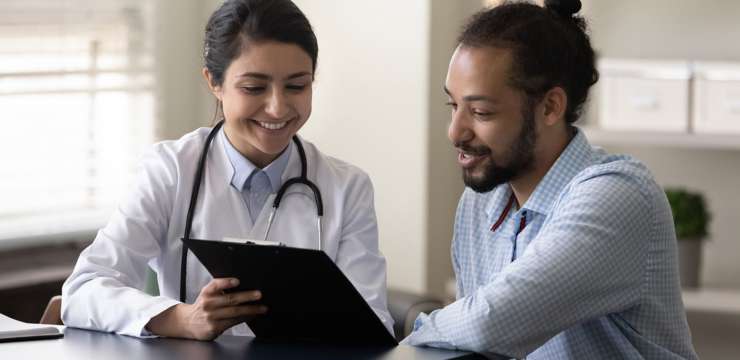
How can physicians create a positive experience for LGTBQ+ individuals seeking inclusive health care for muscle pain? Introduction Finding proper treatment for many body pain…

In many working individuals with back pain, how does non-surgical decompression achieve pain reduction to the intervertebral disc in pain management? Introduction Low back pain…

In many inviduals with low back pain, how does spinal decompression and inversion therapy reduce nerve entrapment? Introduction Low back pain is a common problem…
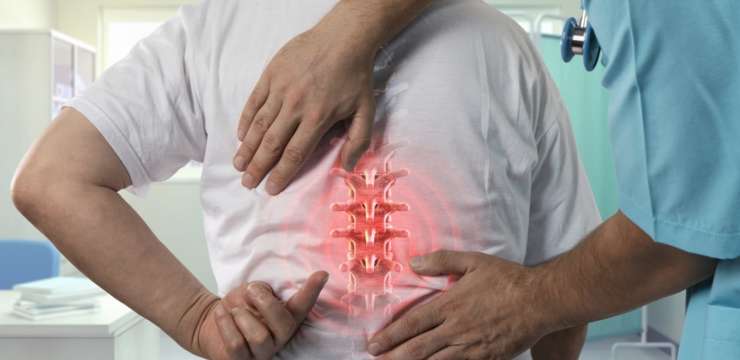
In many individuals with spinal issues, how does spinal decompression compared with traditional care restore muscle strength? Introduction Many people unknowingly put pressure on their…

In many people with facet joint syndrome, how does spinal decompression compare to traditional spinal surgery alleviate low back pain? Introduction Many people around the…
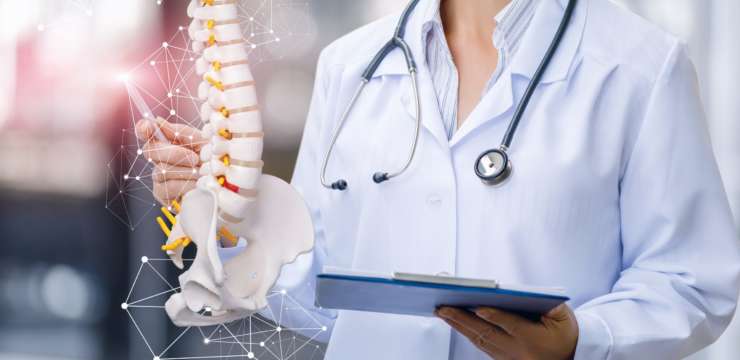
In many individuals with degenerative disc disease, how does spinal decompression compare to spinal surgery improve spine flexibility? Introduction The spine is essential to the…
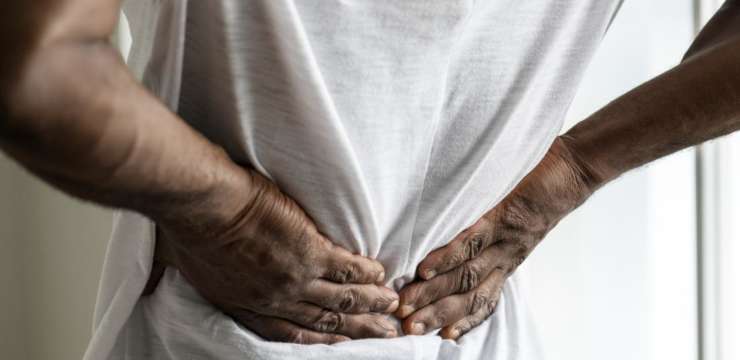
How does non-surgical spinal decompression compare with traditional surgery to improve sensory abnornalities for individuals with herniated discs? Introduction The spinal column provides flexibility and…
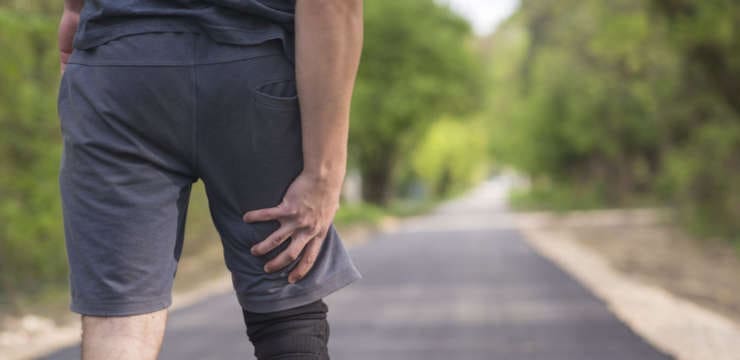
Introduction How do non-surgical treatments compare with traditional surgical treatments to improve mobility for individuals with hamstring injuries? The hamstrings are muscles in the lower…

Introduction Many individuals are unaware of their pain until they perform specific movements that cause discomfort. This is due to the heavy weight that causes…

Introduction Many people experience neck and back pain due to various factors that affect their daily routine. These pain conditions are common and can be caused by repetitive motions…